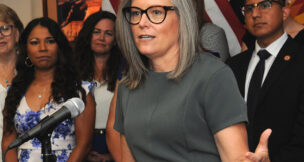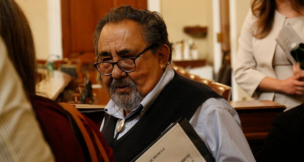Extracting funds for K-12
Gary Grado//December 2, 2013//[read_meter]
Crandell’s overhaul of school finance plan attracts skepticism and support It’s a puzzle that has vexed policymakers, education leaders and business groups for decades, but it’s one that Sen. Chester...

















